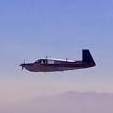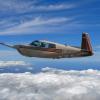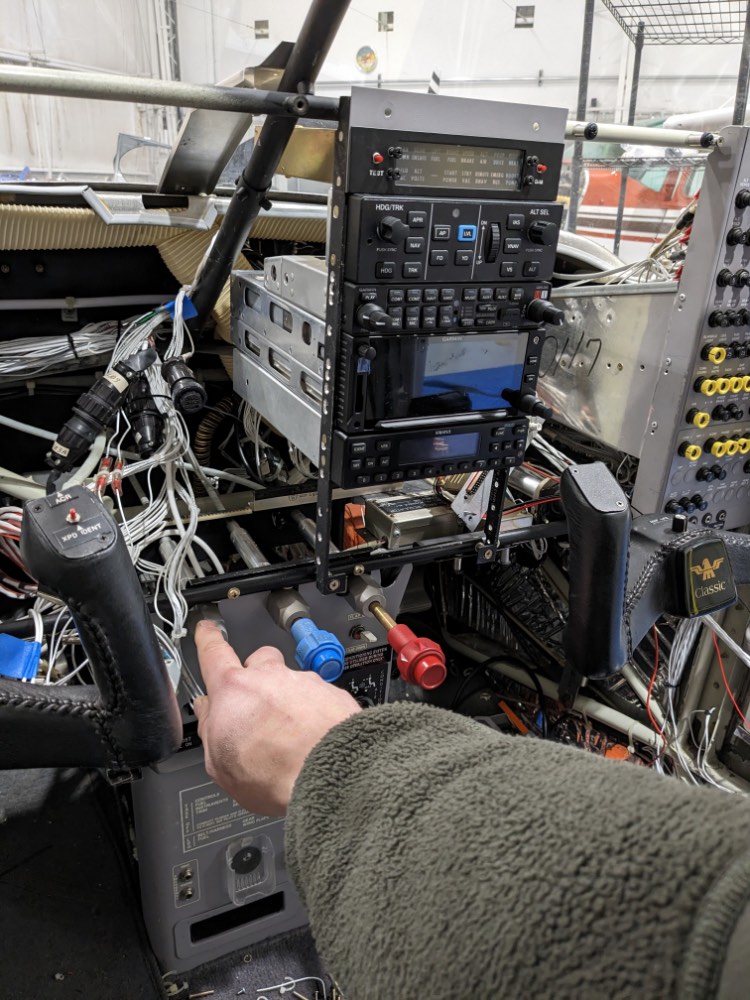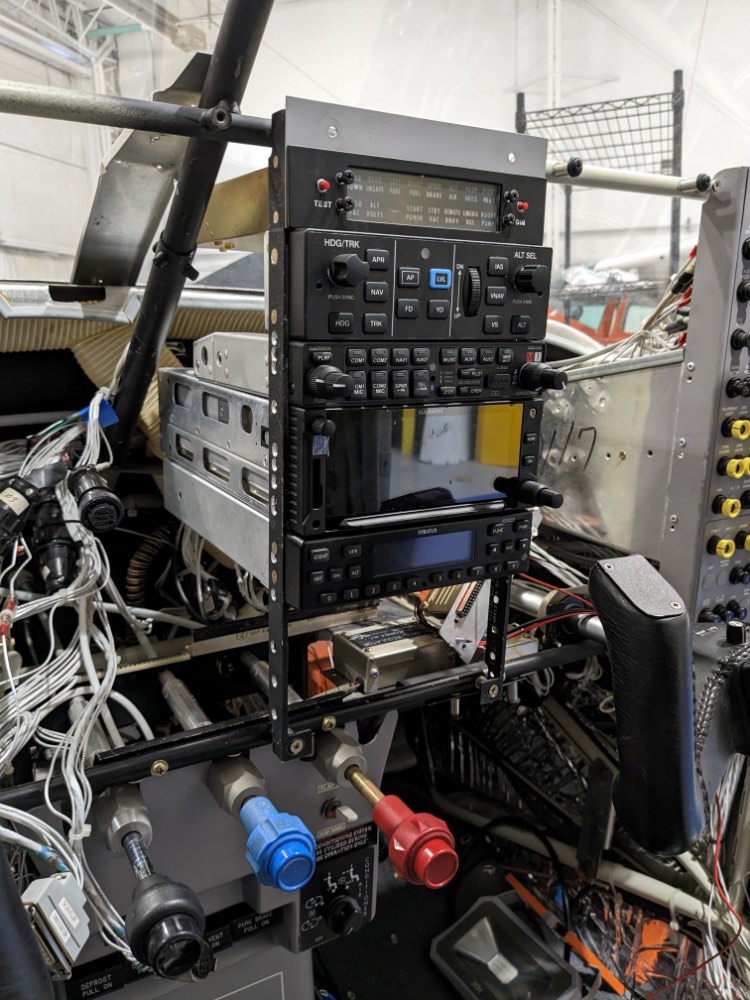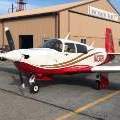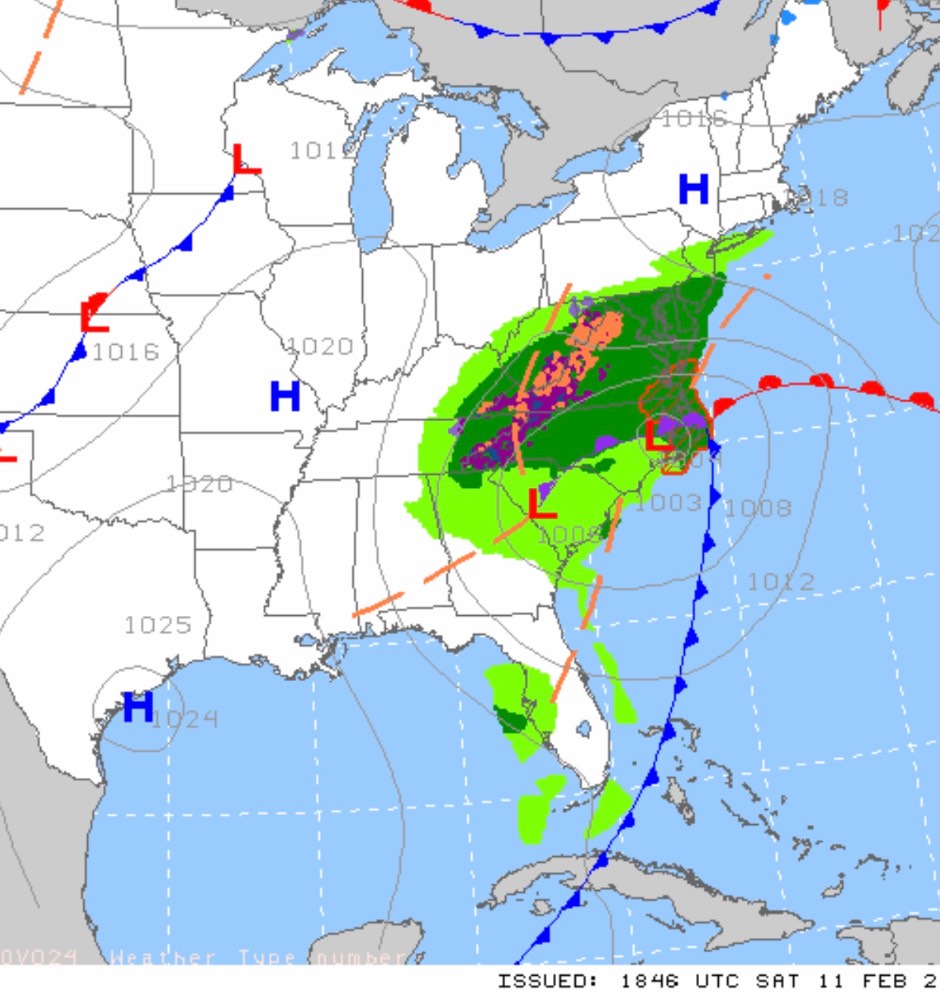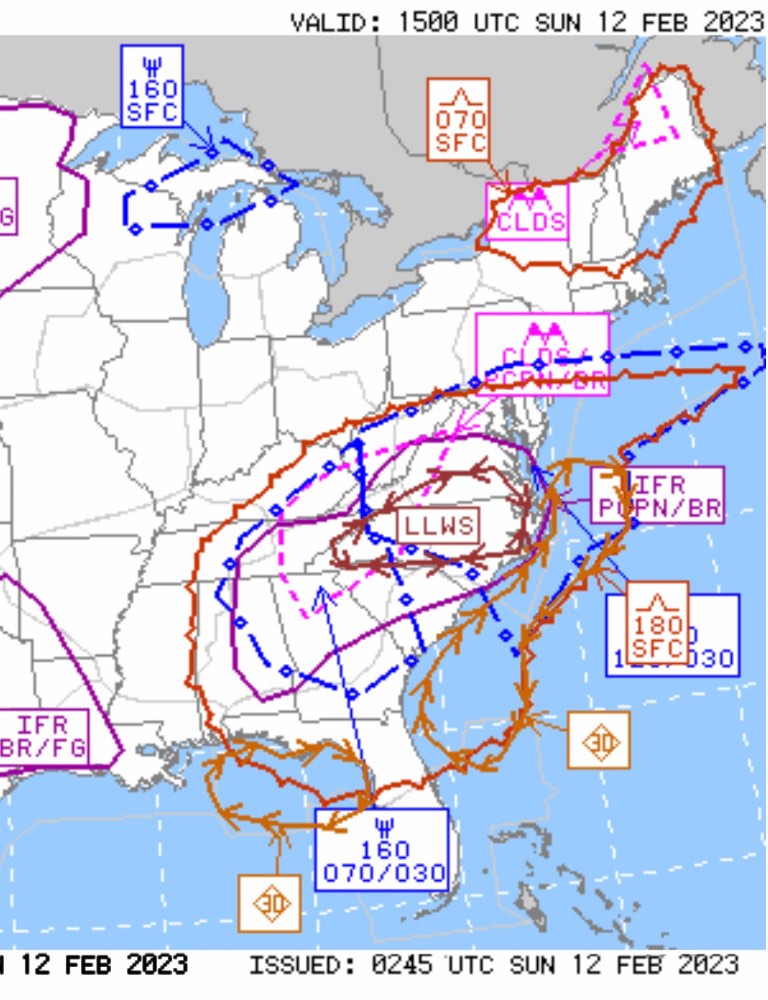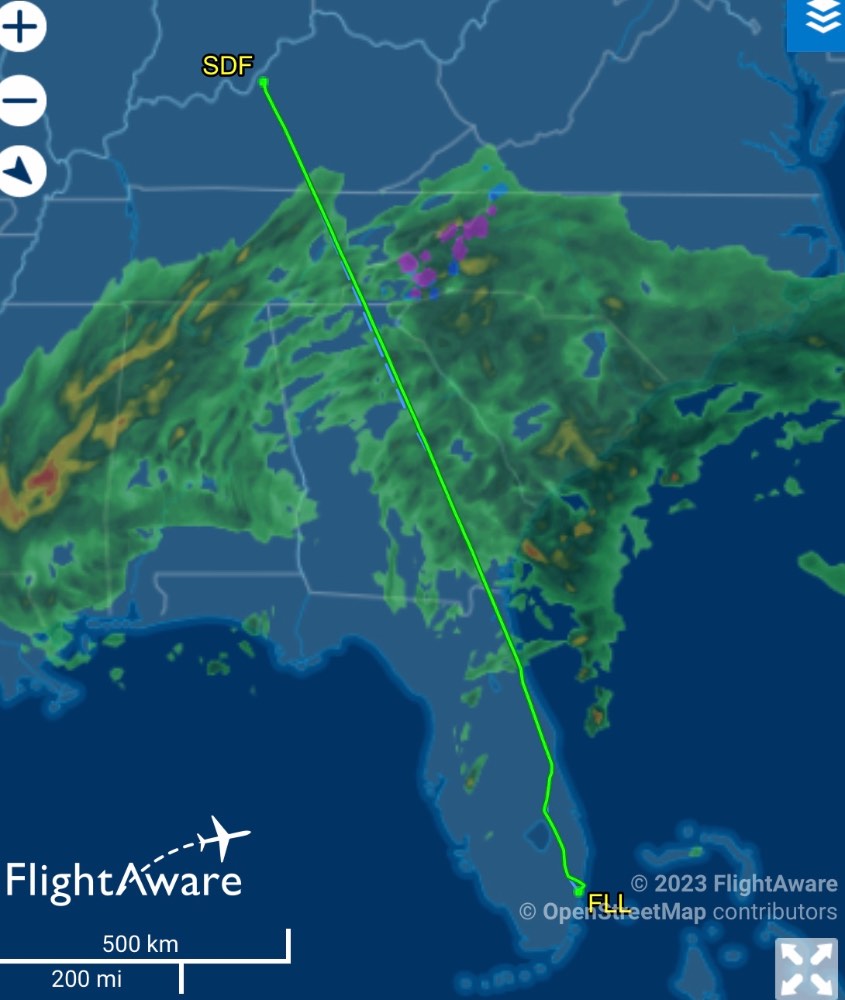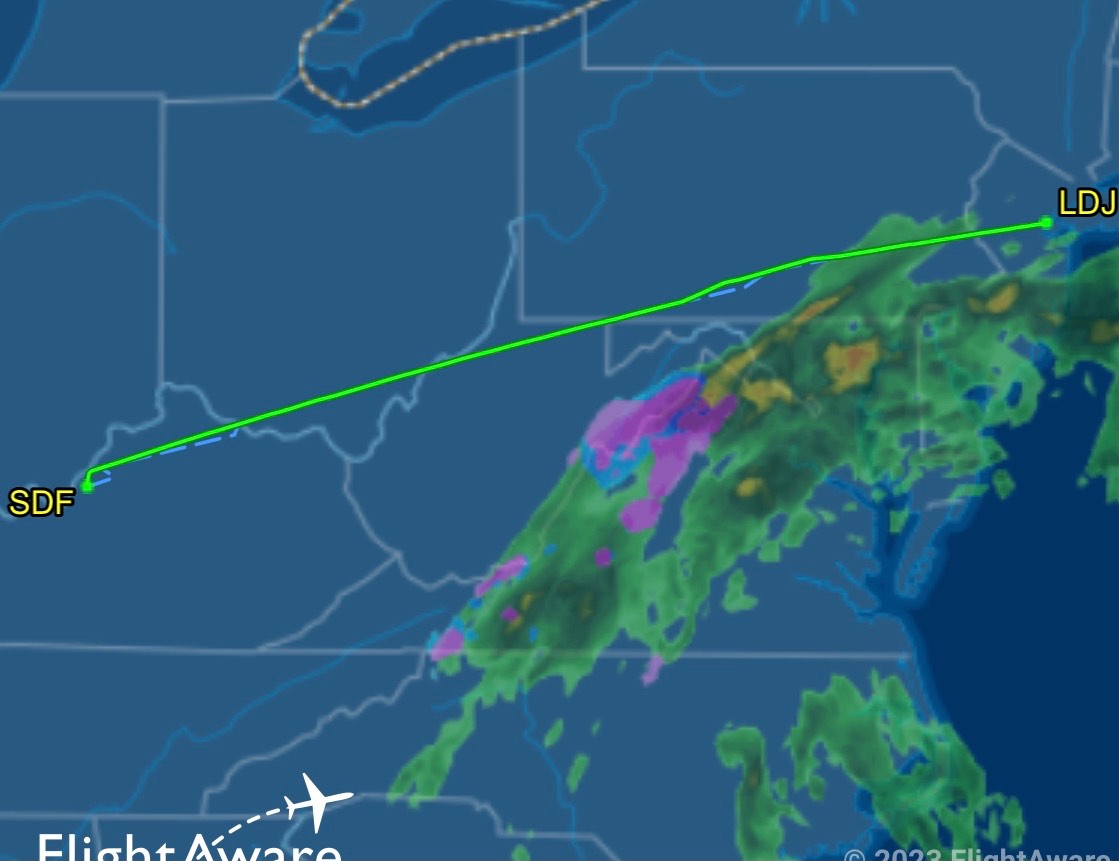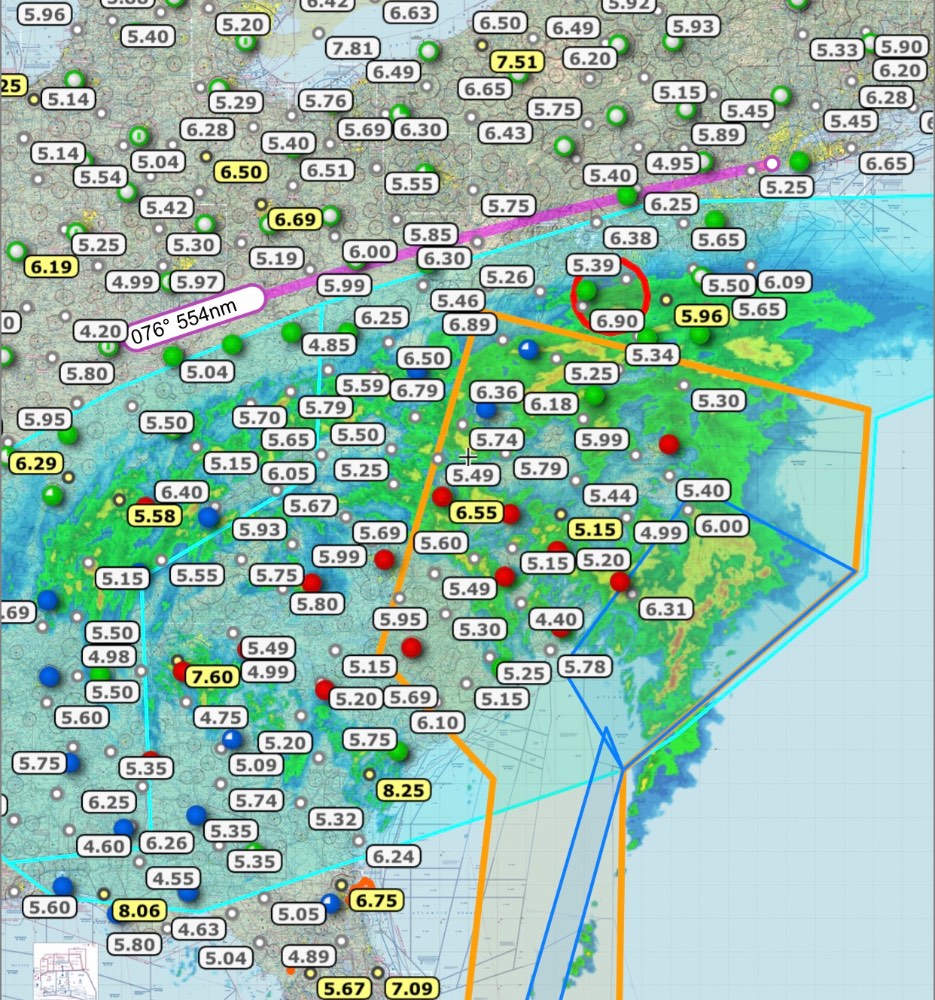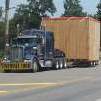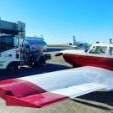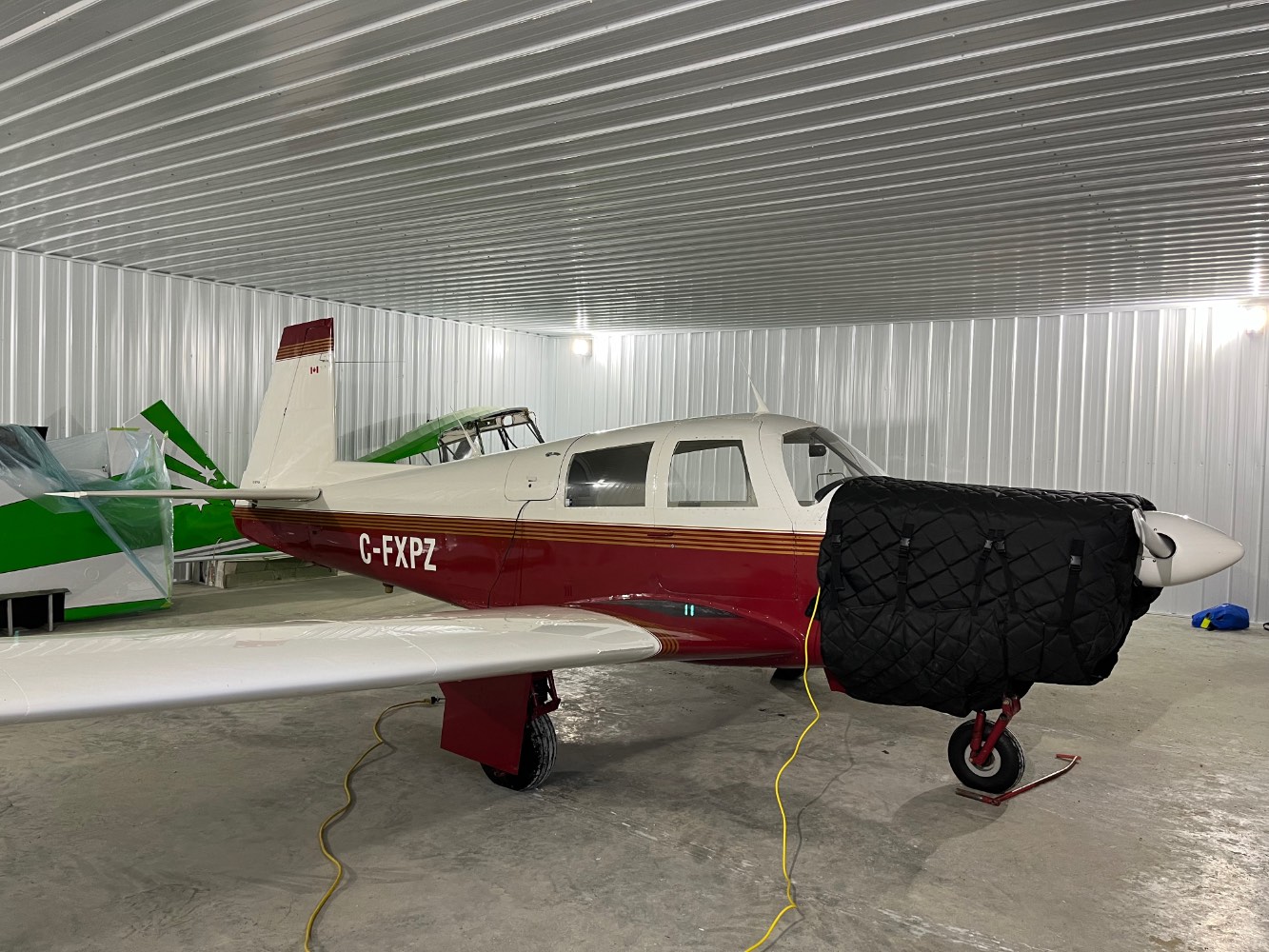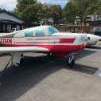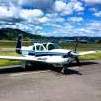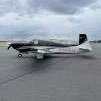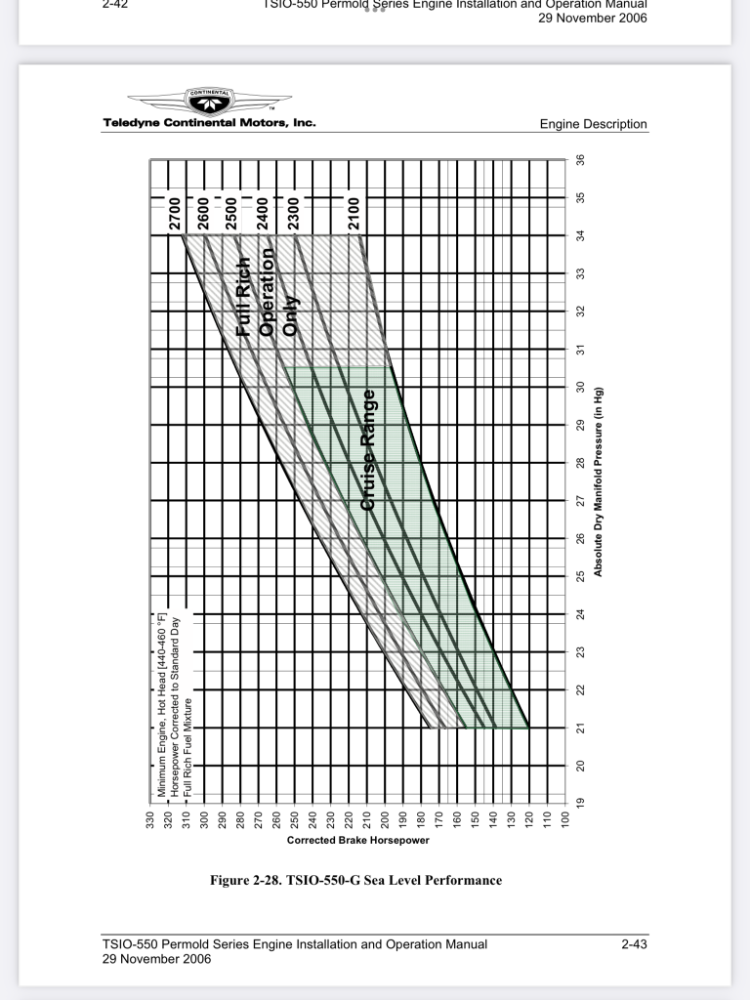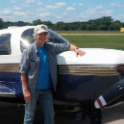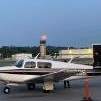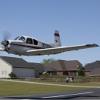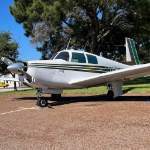Leaderboard
Popular Content
Showing content with the highest reputation on 02/13/2023 in all areas
-
It was 12 February, 1973, my Dad brought 47U home from Willmar Air Service to a 1/2-mile long grass strip (2Y5) in Northern Iowa. With Mom in the right seat, they enjoyed 35 years of flying the Mooney all over the country. Getting up there in years, in 2008 he gave up his medical and I brought 47U out to California, just north of Sacramento. I learned to fly in a Tri-Pacer (on the farm strip) and owned a Cherokee 160 for 20 years. But, 47U is my forever plane, just like it was Dad’s. Photo below, my Mom and Dad on a trip to the Dallas area to visit her sister.11 points
-
https://www.flyingmag.com/the-short-run-of-the-burns-ba-42/ I am sure this has been posted here before, but I've not read about it nor seen one before. Cool stuff.3 points
-
Yep. These two systems are why the Mooney stayed in the hangar and we took the Nissan from Sweet Home to Big Easy on Thursday morning and back Saturday afternoon. Lots of wind, ceilings down into treetops and rain, sometimes quite hard as yellow bands blew through. But good times and light to no rain while there! So yes, the Mooney is great for traveling, but there are times and places it is not the best choice.3 points
-
@haymak3r well, fortunately for me, the grandson recently built his own gaming pc AND he wants to get his license so will want to use the simulator . With use of my cc, he’ll build it..and test it! I’ll DM for further info…2 points
-
I have the exact same set up as you in my 84 J. Same battery and Batteryminder. I have pigtail from the battery that goes in to the luggage compartment that I plug my Batteryminder into. I have had no problems at all. As one commenter wrote, I sometimes wonder if I got caught up in getting the Batteryminder craze and would have been just as well served by doing nothing. I try to fly every week so the battery should not go flat..2 points
-
It’s been a while but here is the latest update. Panel design is underway. Radio stack, see picture. I fly large fast airplanes for a living and the FCP (flight control panel) is always on top, thus my decision to put the GFC500 first, below the Annunciator panel. Audio next due to the fact that when it’s below the GTN650 the knobs are too close. STARTUS at the bottom. Below will be remote Co and ELT. We lost 23.6 pound of weight just in wire!:) Every pound counts.2 points
-
Countdown to Watsonville (KWVI). Two weeks for the Mooney fly-in on Sunday, Feb. 26. Lunch at Ella's in the terminal building around noon. Ramp talk, Mooney tales and Q&A's with airport personnel. Look forward to seeing a bunch of Mooney minded people together. Hope to see you there.2 points
-
Reading this again this sounds like an alternator/charging issue rather than a battery issue. Regardless of what the minder did, it won't affect what happens after starting. If the battery isn't charging while the engine is running, that doesn't have anything to do with the minder.2 points
-
To avoid passing through this system coming back to NJ from Fort Lauderdale, made a layup to Louisville the previous day. Flew through a bunch of light to moderate, occasionally heavy, rain to get out. Cleared up when I reached the Smokies. Interestingly the mountains continued to block the weather like a wall for the next 24 hours. Came back to Linden today. Chose Louisville because it was the best place to make a brief visit and then get a VMC straight shot back Sunday.2 points
-
I apologize in advance bc this doesn’t apply to your issue at all but I feel compelled to contribute this. I may change my view on this at some point, but my last Concorde battery lasted 4.5 years and I never once charged it, jumped it, etc. Max length between flights probably 4-5 weeks. This leads me to believe everyone fiddling with battery minders are just wasting time and money. If your legs of disuse are longer I can see the utility, but if you otherwise get max battery life without yet another thing to do/buy… seems like silly Mx to get an extra 6 months over the span of 5 years.2 points
-
Remember: it’s not just rain and dew intrusion that can get the insulation wet. Especially for the turbos, a couple hours in the mid to high teens will cold soak the whole airframe pretty well. If landing in a high dew point environment, stuff will get wet from condensation. I see it on the bottom of the wing where the cold fuel is just about every time I land in Florida. -dan2 points
-
Other cold climate operators have chimed in already and our experience has been the same with our E model in Winnipeg. In temperatures below -20C we'll cover about half of the oil cooler with aluminum tape. Usually the oil temperatures are not the issue, they seem to reliably hold around 180 degrees really nicely. As @Jcmtl pointed out, it's usually the CHTs which are cold and without having some kind of cover for the cowl inlets I'm not sure how to solve that issue. Realistically though that's only on the coldest of days, maybe -25C and colder. Even so, the cabin heat is fantastic. We preheat with an oil pan heater overnight and a forced air buddy heater in the cabin for about an hour before we fly.2 points
-
Scott has the right idea here. When it comes to interior parts, especially in our older planes, I like to maintain both quality and proper materials with burn certs. It has been a few years but with my last plane I layered memory foam (firm on bottom, med, lighter on top) with leather upholstery, all with burn certs. The material was a little more expensive but worth the peace of mind. They made a some very uncomfortable seats into 4 hour seats without having to get up and walking around (as if that were an option). The basic frames are pretty similar. You can custom design your foam and improve both comfort and looks. My M20E seats are next!1 point
-
While Parker maintains that the PTFE hoses have an unlimited shelf life, it does not have any recommended service life because service conditions can vary significantly. Since there is no recommended service life, most take this to mean than they should be replaced on condition rather than at any specific interval. The Safety Guide in the Stratoflex 124 hose catalog says: Specific replacement intervals must be considered based on previous service life, government or industry recommendations, or when failures could result in unacceptable downtime, damage, or injury risk. The Safety Guide also provides installation and inspection information. Skip SPD-PTFE_Hose124.pdf1 point
-
1 point
-
You can DM me too if you have any more questions. I don't mind at all.1 point
-
1 point
-
Open up your IPad to Mooneyspace. Put IPad under engine compartment. Hot air will warm everything nicely!1 point
-
I think you’ll find it useful in your J as well if you ever fly higher. Down low you can just pull to 9gph ff / 75% as you indicated and be pretty good. Up higher where you’re limited by the MP, it’s nice to know exactly where peak is. If you get high enough, you’ll probably want to run ROP just for want of more power, but 9-11000’, LOP still works ok, but there’s a noticeable speed difference between peak and 30 LOP. Either setting is likely cool enough on the CHTs as you’re only making 60-65% power. I like to set mine just barely LOP up there and then see how that works for chts and speed. If you’re impatient, you can add 4-6kts by going back to 100ROP. Its nice to be able to be relatively precise with it when power is limited.1 point
-
I second Don’s comment. You’ve done great bring this Mooney not just to flying status but making a beautiful fine example of a Mooney! Bravo!1 point
-
I have a nephew in flight training… no predictions, but wouldn’t that be cool?1 point
-
The problem is that the technology keeps changing making incremental upgrade planning difficult. If you are putting in either G5s or GI 275s you will want two, but you will only need one if you later put in a G3X. And, as it stands now (but who knows in the future) the G5 integrates with the G3X for a standby instrument, but the GI 275 does not so if the GI 275 is used as a standby instrument for the G3X it is reduced to just being an artificial horizon with no nav or autopilot capabilities. If I just wanted to upgrade the instrument panel now and add a GFC 500 later, I would go with GI 275s. If I really wanted a G3X, I would either go ahead and install that now with a G5, or if that's not currently feasible, I would just save my pennies and do it all later. One thing that often gets overlooked is that the installation cost is about half the hardware cost if you do it all at once, but it is more if you do it incrementally. Skip1 point
-
1 point
-
I leave mine connected to a battery minder any time it’s in my hangar. It’s wired to their special connector, connected directly to the battery. The connector is run into the baggage area near the hatch so it’s easy to hook up. Never had an issue. What did the lights on the minder show when you hooked it up? It gives you a basic indication. Also, -27 amps sounds like it wasn’t charging… like your alternator wasn’t on yet?1 point
-
1 point
-
So, I had a bit of excitement on Thursday. After getting the AD for the elevator done, I was heading back to Mesquite via the Fingr.Fingr8 arrival and RNAV 18. About 15 miles out I was cleared direct to HUDIL (IF) and allowed to descend from 4000 to 3000. During my decent check list, I found the amp meter showing a discharge, looked at the G2 Insight and sure enough, Volts @ 11.7 - I lost the alternator. Check the circuit breakers, check for burning wiring nothing was obvious so, at that point, I told Regional I was declaring an emergency that I lost the alternator. Said I want a direct to Mesquite and I'd figure what happened on the ground. Since I have a SureFly and it requires an operational charging system, I didn't want to be a test pilot. Fortunately, I was in VMC but, there were A TON of training flights going on. I was getting all kinds of alerts from ATC and that is very distracting. Getting past all that, I decided to load up the RNAV 18 on my ForeFlight. Well, as LUCK would have it, when I loaded the procedure with the maps view and a STAR active, it crashed. Tried it 2 more times, crashed. Pulled out my backup (iPhone) and IT crashed. This is why I markup my charts, print them and use a satin laminating pouch (which I can write on with a pencil). I've since found out it is a KNOWN ISSUE in ForeFlight from support -- great. With that, I pulled out the marked up chart and I was set. I setup the GNC 355 to get a track to the point on the RNAV and set the plane to that direction. Regional and I discussed light gun signals so I had that ready also. I was fortunate enough to not lose power (I was already looking for what I could turn off) but concentrated on flying the plane. Landing was uneventful and I was sorry to hold up flights but I didn't want to take any chances. I got the plane back to the hanger, took off the cowling and let the AP know what happened. I went down to the hanger today just to see if I could find something that may have knocked loose (either from the last annual or rattled loose). Well, I found the issue: A #14 ring terminal for the grounding wire to the alternator was not crimped enough and the wire was barely in the terminal. So, I had some #14 ring terminals and crimped on a new one -- reinstalled the grounded wires and you guessed it, charging and working again! One never knows what may be the issue but, after all the training I had for IFR, I just didn't want to mess around, I wanted to get on the ground. I've had 4 emergencies in the last 3 years (Engine out/lost power in my B, Broken Mixture cable in IMC on an IFR Flight, Lost Governor on flight from OK, and now the Alternator issue). I let the AP know I found the issue and fixed it -- glad it was simple but one never knows... I guess I'm being tested.... Anyway pics below:1 point
-
I changed out my concord battery after about 7 years, maybe more without ever using a minder. Sometimes 3 weeks between trips, sometimes many starts in a day with short flights. I changed out my battery about a year ago to a new one just because. I never once used a minder. My friends who use them have issues. I get my 200 dollar hamburger with no problems. plane has never really lived in a cold climate though. Not sure if that has anything to do with it. I really don’t draw any amps during flight. LED exterior lighting and new avionics. So I guess the highest amp usage is the sky tech starter.1 point
-
Well than either will work with your current autopilot. If i was thinking future g3x, I’d go with the g5. If i was going any other direction, I’d probably do the gi-275 as it’s newer, has more options and fits round holes.1 point
-
1 point
-
Is there a way to tell the last time you donated? I'd like to make sure I don't go too long without contributing.1 point
-
The fact that you are short on time is evidence the engine is working well!! Fly and enjoy. If you take everything posted on this forum to heart you will soon be hiding under your bed beating your head against the floor!!1 point
-
Twice in over 30 years of flying I’ve had to abort a takeoff because I was not making expected RPM/MP. I could also tell acceleration was sluggish. Both times were a result of taking off on a very lean mixture. Both times I did not use a checklist. The last time was on a short runway with power lines at the end (FD51 Summerland Key Florida) and if I had continued the takeoff I would have never made it over the power lines. Lots of lessons learned. Passenger distracted me so I never completed run up checklist, didn’t check RPM/MP until I noticed sluggish acceleration. Both mistakes scared the crap out of me and reinforced how this passion of ours is unforgiving of carelessness. Sent from my iPad using Tapatalk1 point
-
Those landing gear steel members could use some love. Inspection, bead blasting and painting. A MSC did that to the legs on our C and they were not nearly as corroded as these.1 point
-
Gumi has all the right stuff going! thermo gravimetric analysis… TGA Fourier Transform Infra Red analysis… FTIR Some serious polymer chemistry lab equipment… Way cool… Reminds me of my school days… a decade or four ago… or was it five? Best regards, -a-1 point
-
And the IA is now a Walmart greeter.1 point
-
There are several threads on Pilots-n-Paws forum. But there here is a link (from that forum) from a law firm about deducting expenses as a charitable donation. https://www.pilotsnpaws.org/forum/download/file.php?id=3833 According to them, you CANNOT deduct fixed costs (annual, hangar rent, insurance). Only fuel and oil, pilot fees (landing/ramp/parking), rental costs, additional costs for insurance for this activity. "No Charitable Deduction for Fixed Costs of Flights for Charitable Purposes While the FAA now appears to permit aircraft operators to perform some charitable flights and take the associated tax deduction, the IRS only allows a charitable deduction for variable costs of transportation for charitable purposes.8 “Only those expenditures incurred for operation, maintenance, and repair, which are directly attributable to the use of such aircraft” on a charitable flight can qualify as charitable deductions. Examples of costs that could be “directly attributable” to a charitable flight include (a) the cost of fuel and oil for the flight, (b) pilot fees incurred solely for the flight, (c) rental charges for an aircraft used only for the flight, and (d) extra liability insurance incurred only for the flight."1 point
-
The IRS May flag and the FAA probably won't even know absent an investigation into something else. But the FAA has always been stringent about pilots receiving compensation (far broader than a fee) without a specific FAR exception. When the FAA Chief Counsel was originally asked about deducting Angel Flight, the answer was that the deduction was compensation and a Part 135 certificate required. It took involvement of a US Senator to convince them to allow it as a public policy exception, so long as that's all you get. Even such "extras" as fuel reimbursements require a written waiver with training, time, and currency requirements that many refer to as "Part 135 Lite."1 point
-
This comes up anytime charity flights are concerned. Since the “cost” is used to value a charitable contribution and not fee collection, wouldn’t this be more of a flag to IRS for itemizing deductions rather than FAA? Or is the FAA that stringent about illegal charters, anything more than simple pro-rata division gets their panties in a wad?1 point
-
Keep in mind that the reason they are asking is just as much about the FAA as the IRS. Deducting costs in excess of what's permitted by the IRS puts you in "illegal charter" territory.1 point
-
Great org. I think Bolters suggestion is a good one. I think I was using $100-$120 per hour a few years ago, when fuel prices were “lower”. Bolters suggestion would yield better and be easy to justify. That said, I think my donations never came close to causing any reason to audit me. One thing to be aware of. Each state has different rules for transport of various animals. Be aware of those. In my area, Massachusetts has an enforced quarantine requirement. As a pilot of the animal, we can be held accountable if the law is not followed. I became aware of a couple of situations where folks were turned in, I can’t imagine why, but people can be funny. Not intended to discourage, just be aware. I used to wonder why all of the MA trips up here were easier to sign up for than the other states in the region. There are usually also vet paperwork requirements, this seems to be less of an issue.1 point
-
They use it for their IRS Form 990, to value the non-cash contributions that pilots make to the organization. For Skyhope, I use the fully reserved DOCs with no fixed costs, which I would incur with or without my volunteer flying.1 point
-
If in doubt, you can apply this value for your taxes: 1.74/mile per the GSA travel site (as of 1-Jan-2023). Good enough for government employees, good enough for me. Note that the car mileage rate matches the standard IRS rate. https://www.gsa.gov/travel/plan-book/transportation-airfare-pov-etc/privately-owned-vehicle-pov-mileage-reimbursement-rates -dan1 point
-
Whenever "operating costs" are discussed here, people tend to include hangar rent, GPS updates, engine OH, annual inspection with repairs & upgrades, tires, pitot static checks and app subscriptions like Foreflight. When I try to separate "ownership cost" versus "operating costs," I don't make much headway. So I'll be watching the discussion here.1 point
-
Hi Kevin, not at this time, m-20 doc is supposed to get me some numbers on the measurements so we will see how that works. I'm having a tga and a ftir ran on the compound to verify composition. Thanks for the offer. Mark1 point
-
Keep in mind… Red line / Vne protection of the airframe is pretty much a guarantee… When everything on the plane is in accordance with the maintenance manual… Goof up the balance on a control surface… the plane is no longer in AW status… The forces on control surfaces are pretty strong… If they start to flutter… they won’t stay around for very long…. Similar to having the baggage door pop open in flight… the airspeed you are flying at really counts… We have one example of the baggage door coming open in cruise, torn off at the same time… bending itself around the horizontal stabilizer in parts of a second… (video is around here somewhere…) Its kinda a laws of physics thing… The Maintenance Manual supplies the procedure to maintain the AW we expect to rely on… If there are any questions… like “mine is different, what do I do now?” find the experts with the answers… MSC, factory, mechanic… PP thoughts only, not a mechanic… Best regards, -a-1 point
-
1 point
-
My trusty Stratus 1 has just always worked. I don’t bother with the suction cup anymore, it was constantly falling off. I just lay it up on the glareshield in a corner where it won’t move around and isn’t far from the charger plug-in. The display on the iPad is really good. The wx display does not have the definition that my Sirius XM weather does on the GTN 750, nor can I “see” weather forward a few hundred miles to my destination, but the traffic is actually better than the Garmin panel solution. I use the iPad all the time as a check on the panel systems. I also don’t need the AHRS, I have backup AI’s now, on the panel.1 point
-
It's usually pretty easy to remove the magnet from a GPS antenna that has one, so you probably don't even need to change antennas if you have one you want to use. If it's shiny it's probably a neodymium magnet and you can use it to inspect elevator counter weights!1 point
-
My 14V breakdown is: 10A for all lights 12.5A for all avionics excluding AP, not counting radio transmissions. I figure 2.5A for autopilot and servos. So 25 amps, with 33Ah battery, that’s 1 hour with everything on, 2 hours shutting off lights and autopilot. If I was crossing large distances without landing options it would be a concern.1 point
-
So can i come over to your place and shoot some approaches? Ill bring beer.1 point


